Diagnostic Reference Level (DRL) is an important indicator for health facilities (hospitals or clinics) in applying appropriate radiation doses to the patient's examination of diagnostic radiology and interventional radiology. With the availability of DRL, the acceptance of unnecessary doses for patients due to the inaccuracy of the dose given can be avoided.
The determination of DRL values nationally, which then namely the Indonesian Diagnostic Reference Level (I-DRL) is done through a process of quantitative calculation and technical discussion with experts. In order to prepare and discuss technical to establish the value of I-DRL, Bapeten held a Workshop and Seminar Si-INTAN 2021 online and offline on Monday (24/5).
The event began with report from the Head of Regulatory Assessment Centre for System and Technology in Radiation Facilities and Radioactive Sources (P2STPFRZR) Taruniyati Handayani. She said that the purpose of this event is to share knowledge and experience, "therefore the input and comments from the participants are very much expected".
Deputy Chairman for Nuclear Safety Assessment Dahlia C. Sinaga gave direction related to The Supervision of Electricity in the Field of Radiation Facilities and Radioactive Sources in Indonesia and said that Bapeten's policy related to nuclear energy supervision aims to ensure the welfare, security, and security of the community, ensuring the safety and health of workers, and members of the public and the protection of the environment, maintaining the rule of law in the implementation of the utilization nuclear energy, raising legal awareness of nuclear energy users to engender a culture of safety in the nuclear field, preventing changes in the purpose of the use of nuclear materials, and ensuring the maintenance and improvement of officer discipline in the implementation of nuclear energy utilization.
Dahlia further said the potential radiation risks posed by the utilization of nuclear energy can be suppressed as low as possible by implementing an effective surveillance system.
In addition to BAPETEN's surveillance infrastructure, according to Dahlia, nuclear energy utilization stakeholders play a very important role in supporting electricity supervision that ensures radiation safety for workers, communities, and the environment.
Therefore, it is necessary to strengthen technical guidance programs, socialization, dissemination, coaching, public consultation, or other media to absorb public aspirations and convey information to the public in the supervision of the use of nuclear energy.
In the workshop and seminar day conducted online and offline is filled with presentations and discussions by inviting speakers from stakeholders related to the implementation of DRL.
The first presentation was delivered by Bagaswoto Poedjomartono from the Indonesian Association of Clinical Radiology Specialists (PDSRKI) with the theme “Implementation of radiation protection optimization in diagnostic and interventional radiology patients”. In his presentation Bagaswoto emphasized that radiation is very dangerous, so disciplined work is needed using a safety culture.
The next presentation discussed the role of medical physicists in the optimization of radiation protection in patients through national DRL considerations by M. Roslan Abdul Gani from the Indonesian Medical Physicists Association (AFISMI).
Roslan gave several explanations, stated that DRL is needed as the main tool in optimization. He said that the role of medical physicists is important in determining optimization strategies. Medical physicists can consider technical quantities (dose and quintaltic image) to use as a reference. It was also conveyed that Medical Physicists need to develop a methodology of dose evaluation and image quality.
Meanwhile, Eka Sulistiya from the Indoensia Radiologists (PARI) as a speaker in this event delivered a presentation on the role of radiographers in efforts to optimize radiation protection in radiology patients.
Eka conveyed related to the implementation of DRL that the hospital must create a Si-INTAN balis account, Radiographer recorded the patient dose of each X-Ray and CT Scan, the Hospital must make a local DRL that the hospital's DRL expected to be lower than the national DRL. If the local DRL value is higher than the national DRL then the FBI conducts an investigation in collaboration with radiographers and radiologists to review the protocol. For further hospitals or permit holders, perform DRL monitoring inputted in the Si-INTAN application.
After the presentation and discussion of the three speakers, continued with presentations and discussions of papers by the 5 best speakers in this seminar. The best speaker will get an award that will be delivered at the Bapeten Grace event whose time will be delivered later.
Participants who attended this workshop and seminar, through online from Bapeten’s youtube channel 289 people and attended directly 41 people. (BHKK / Bams/OR/RA)

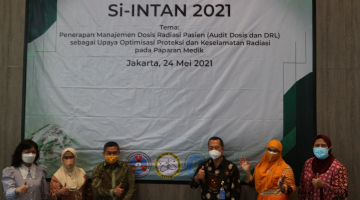
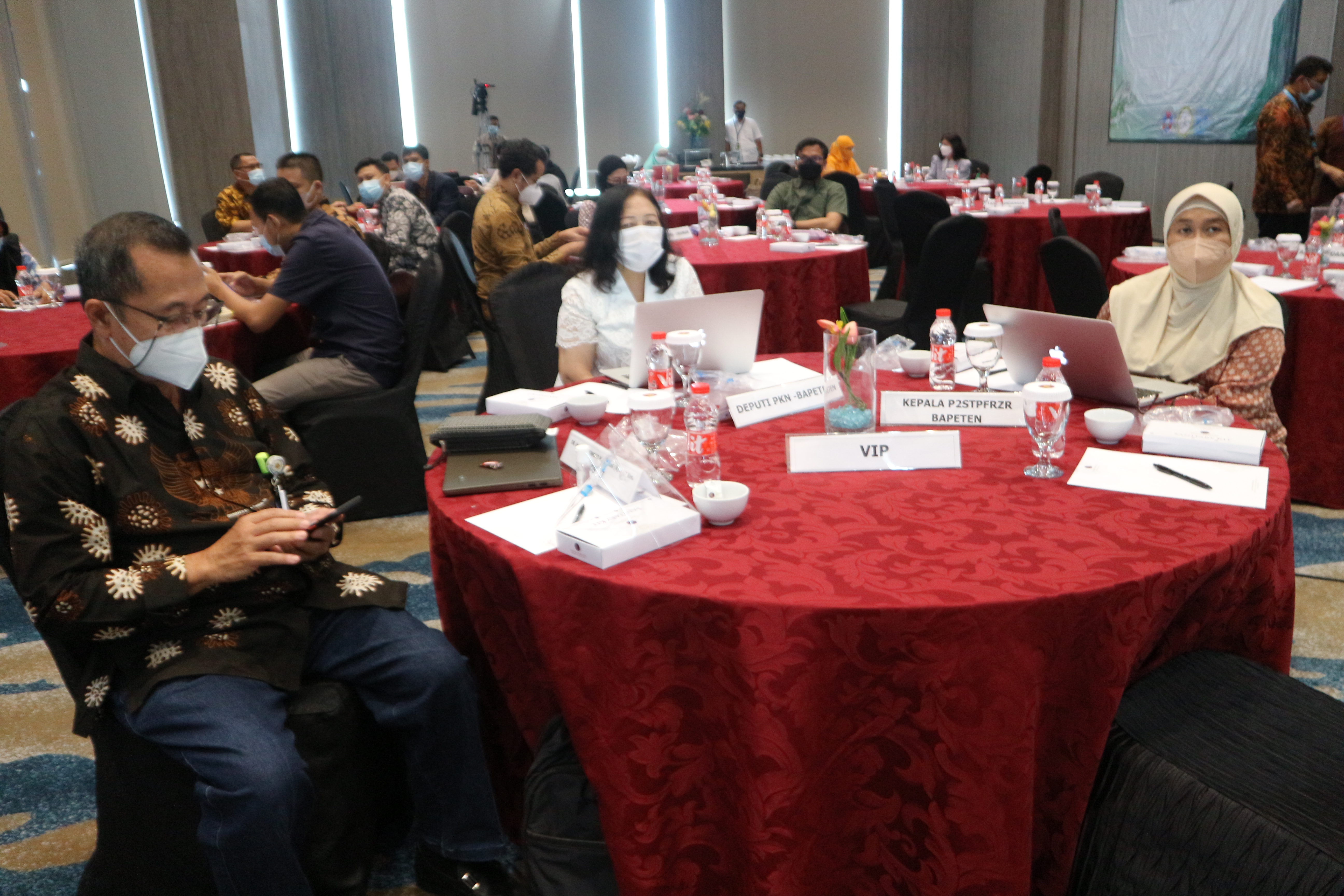
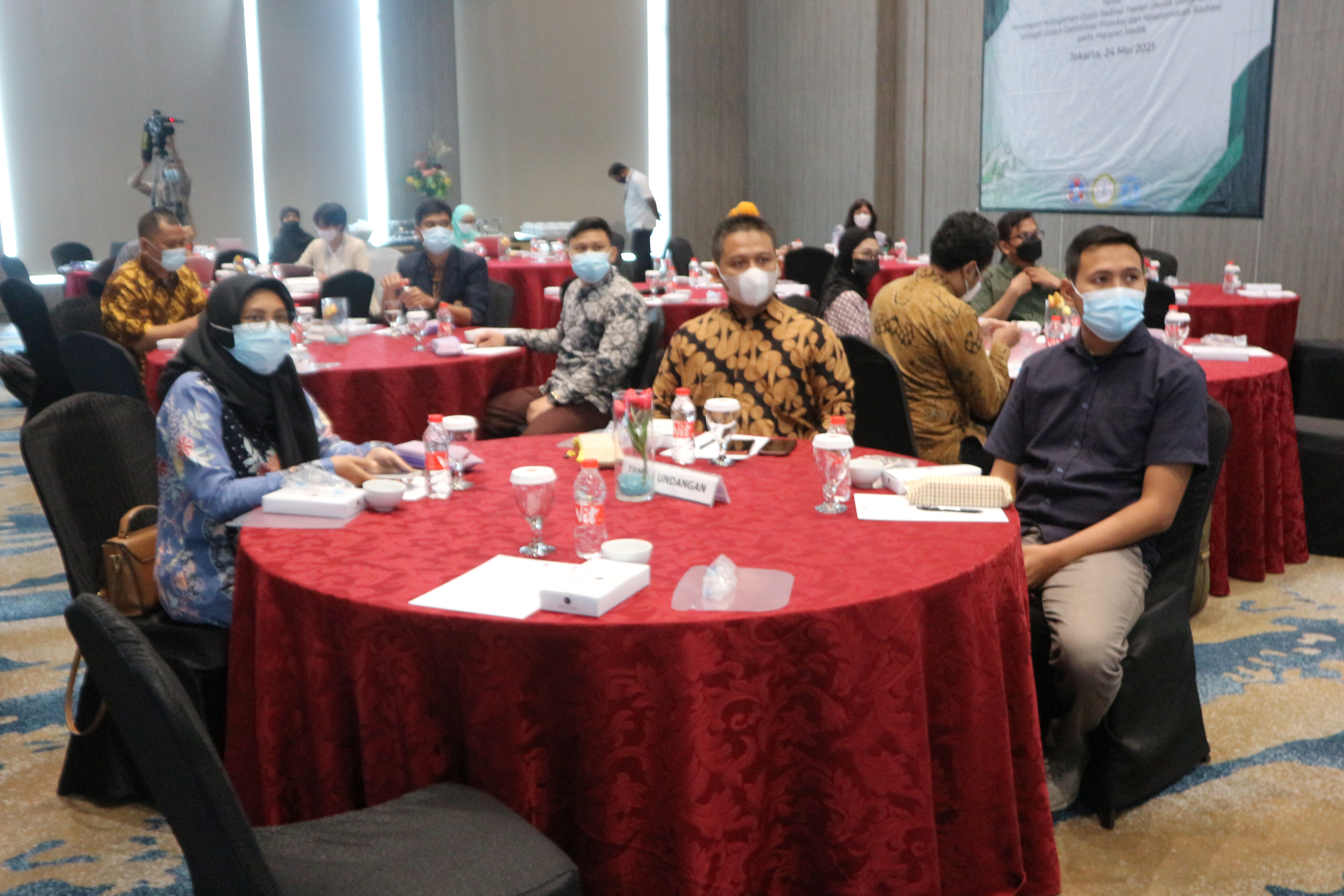
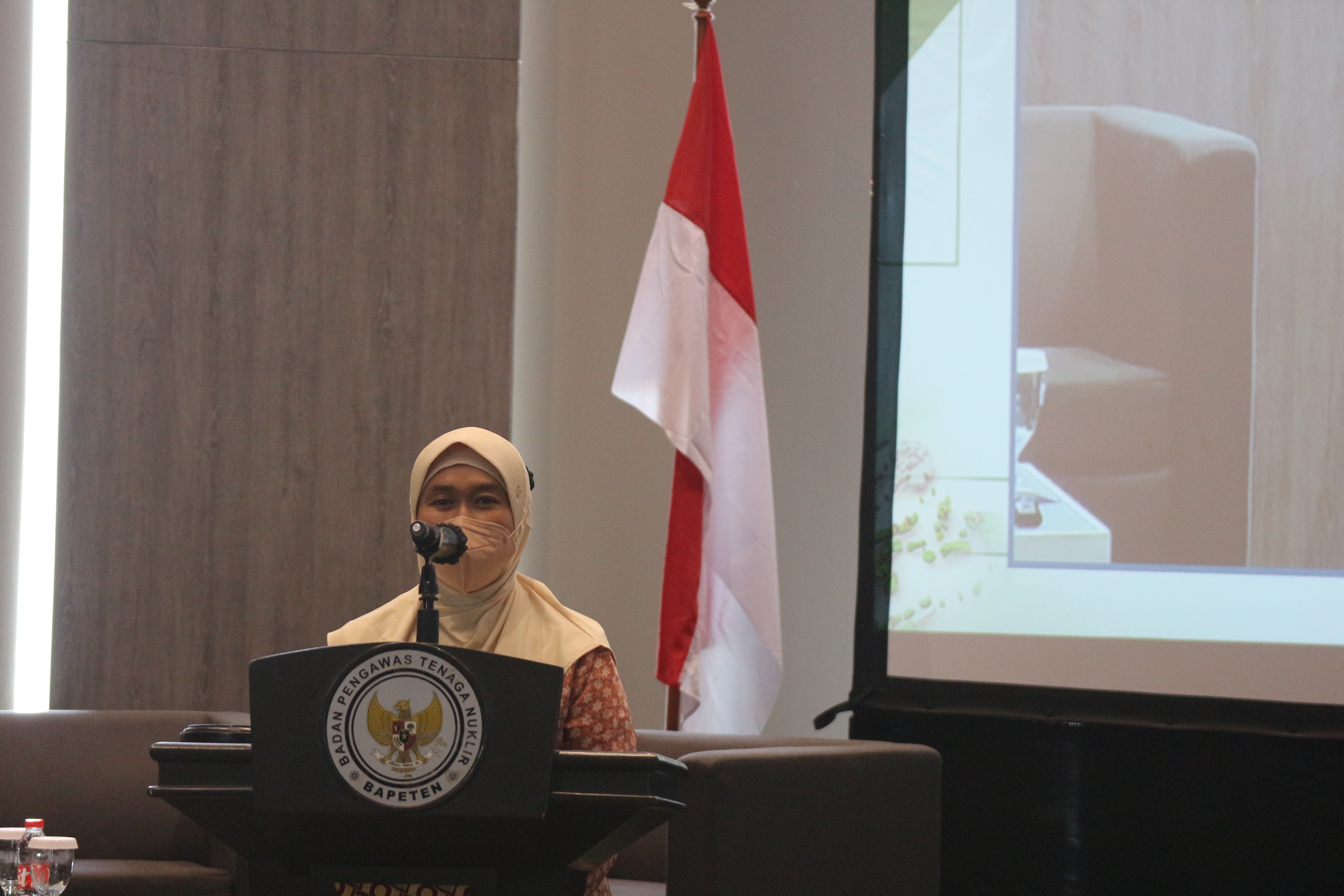

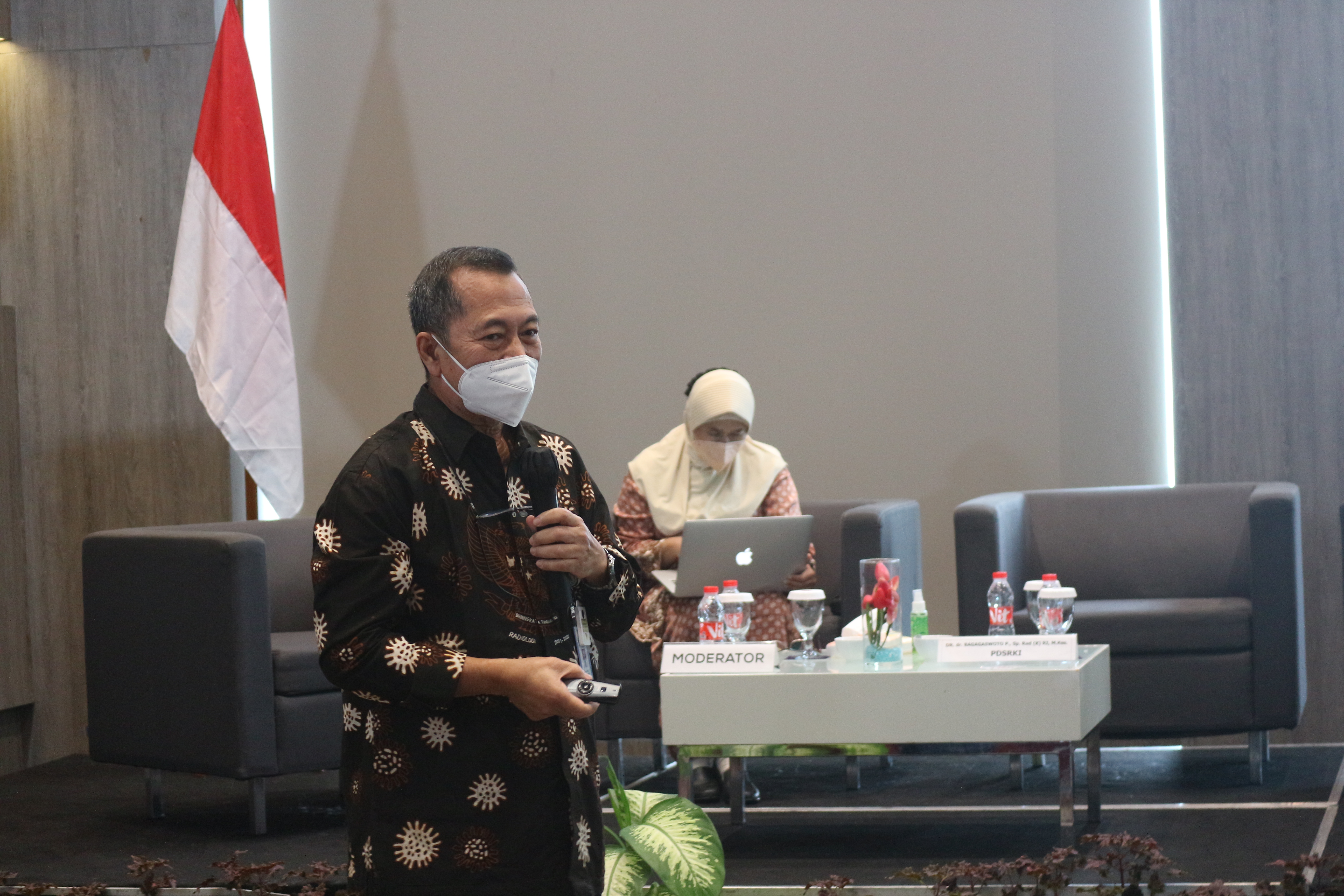

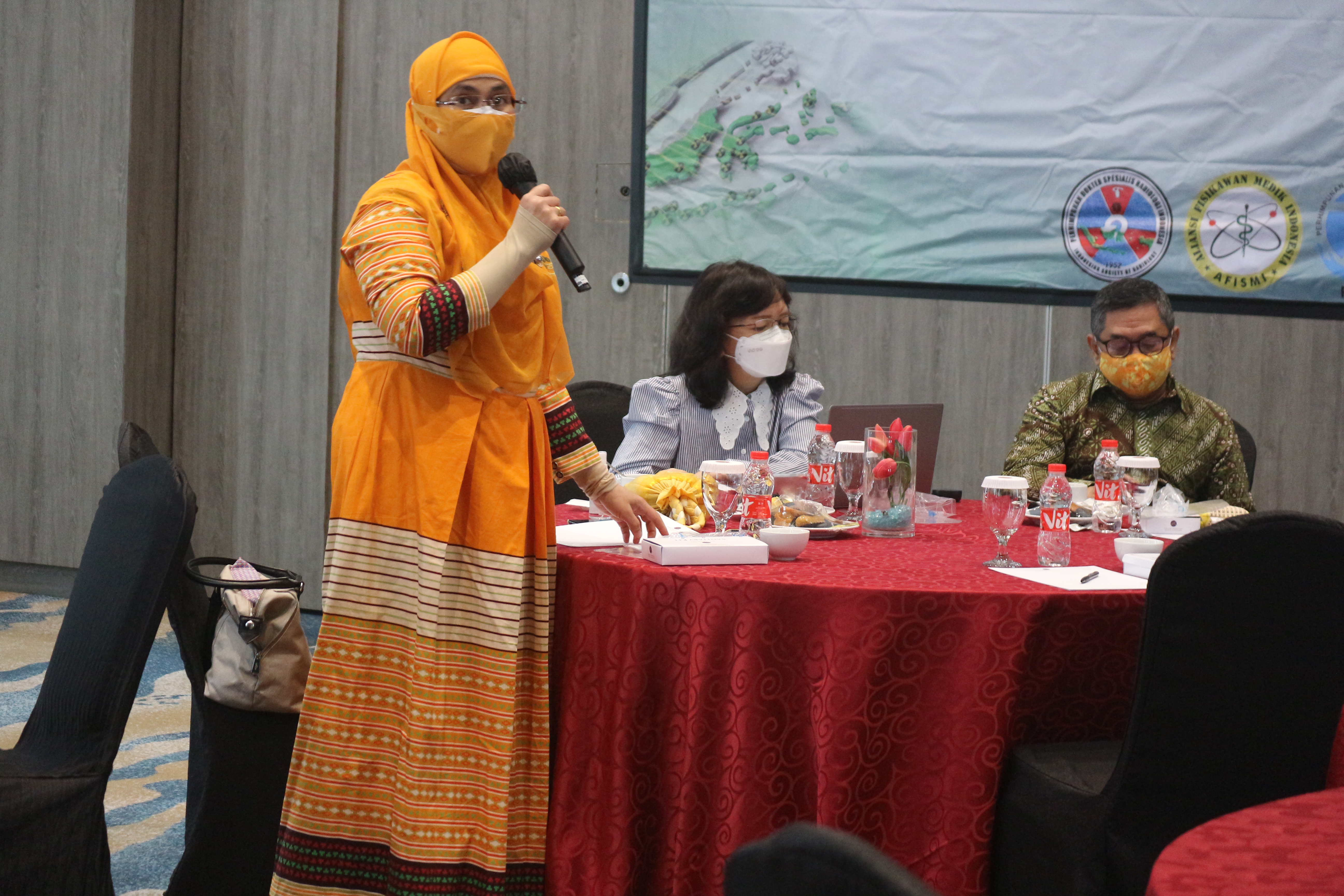
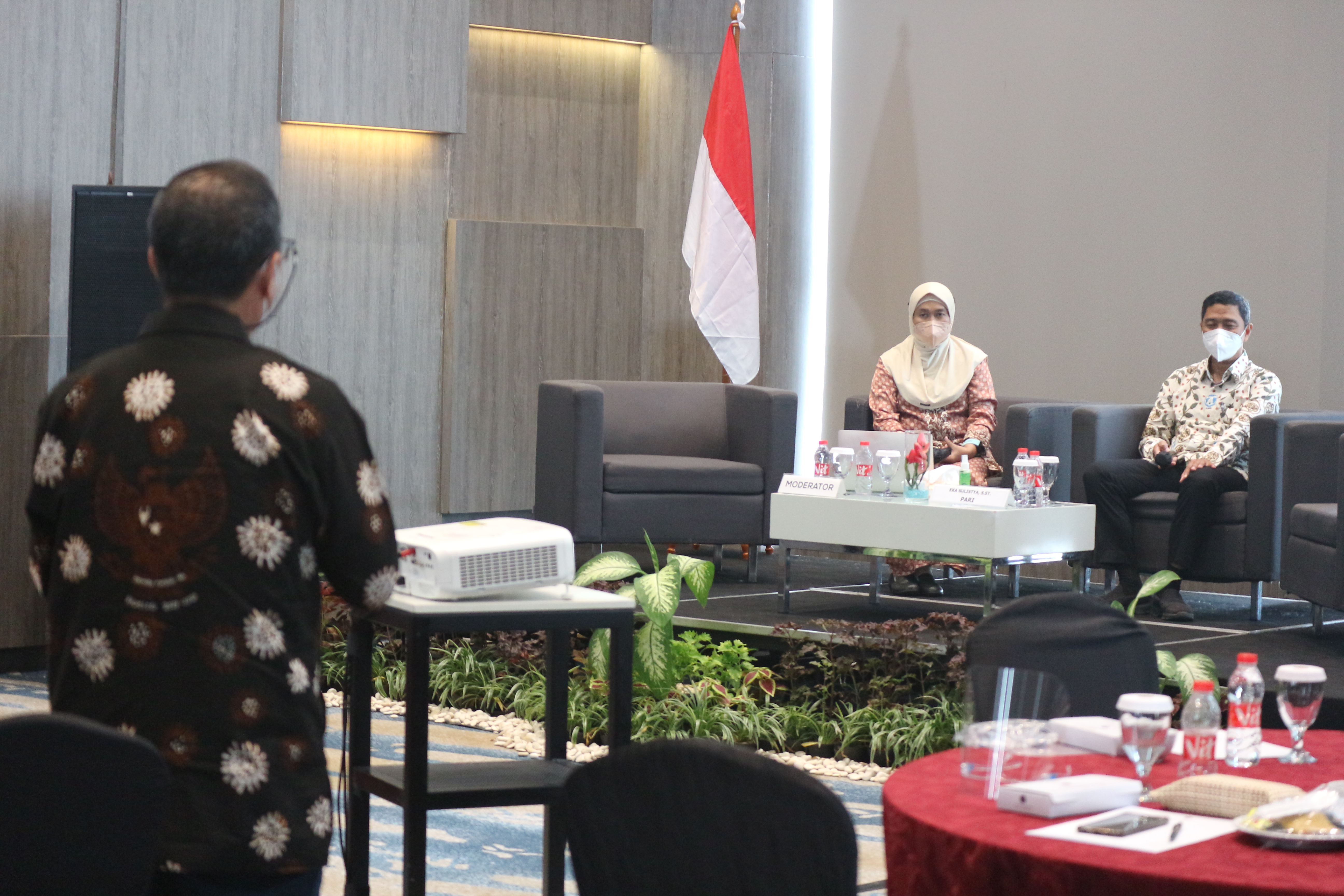
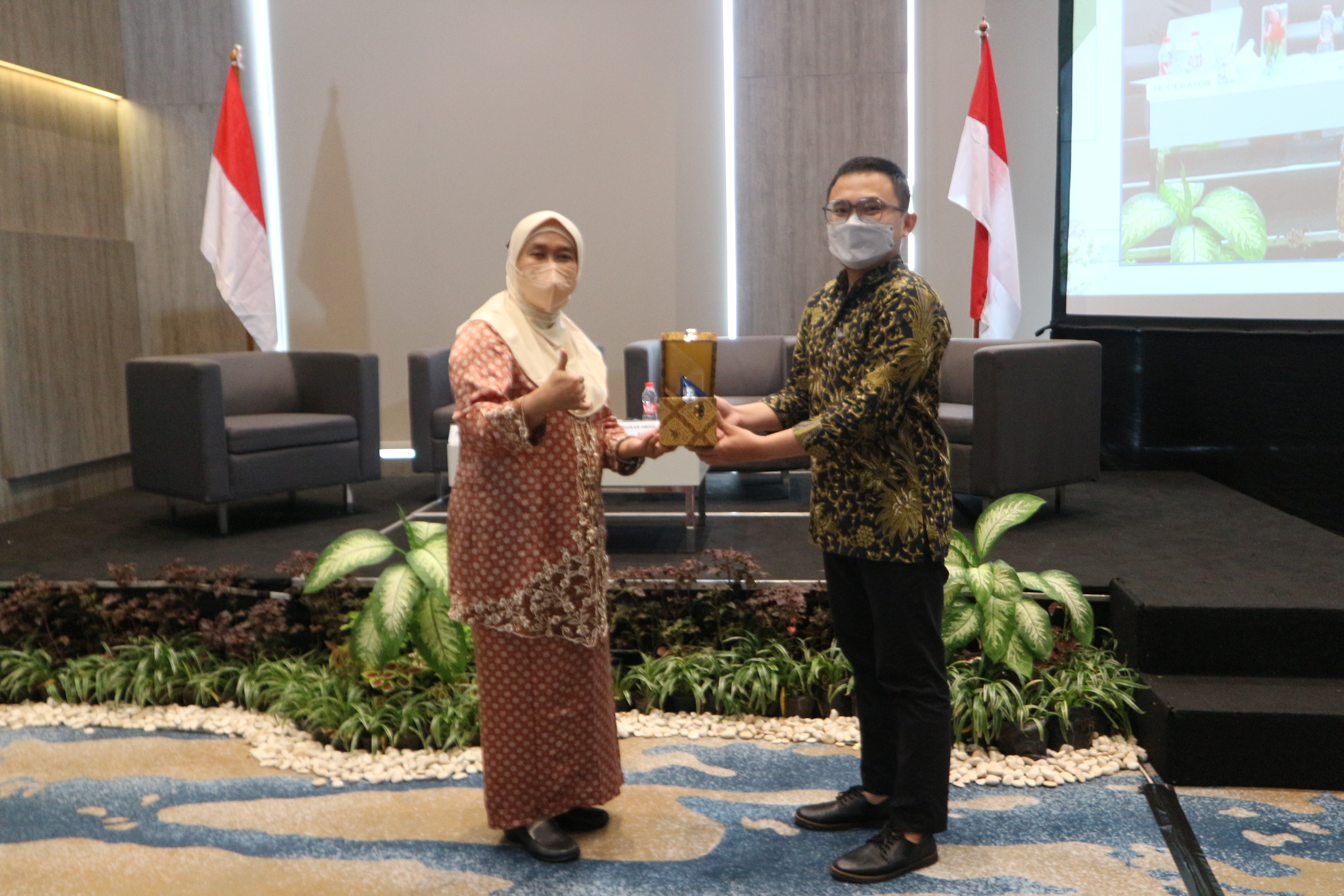
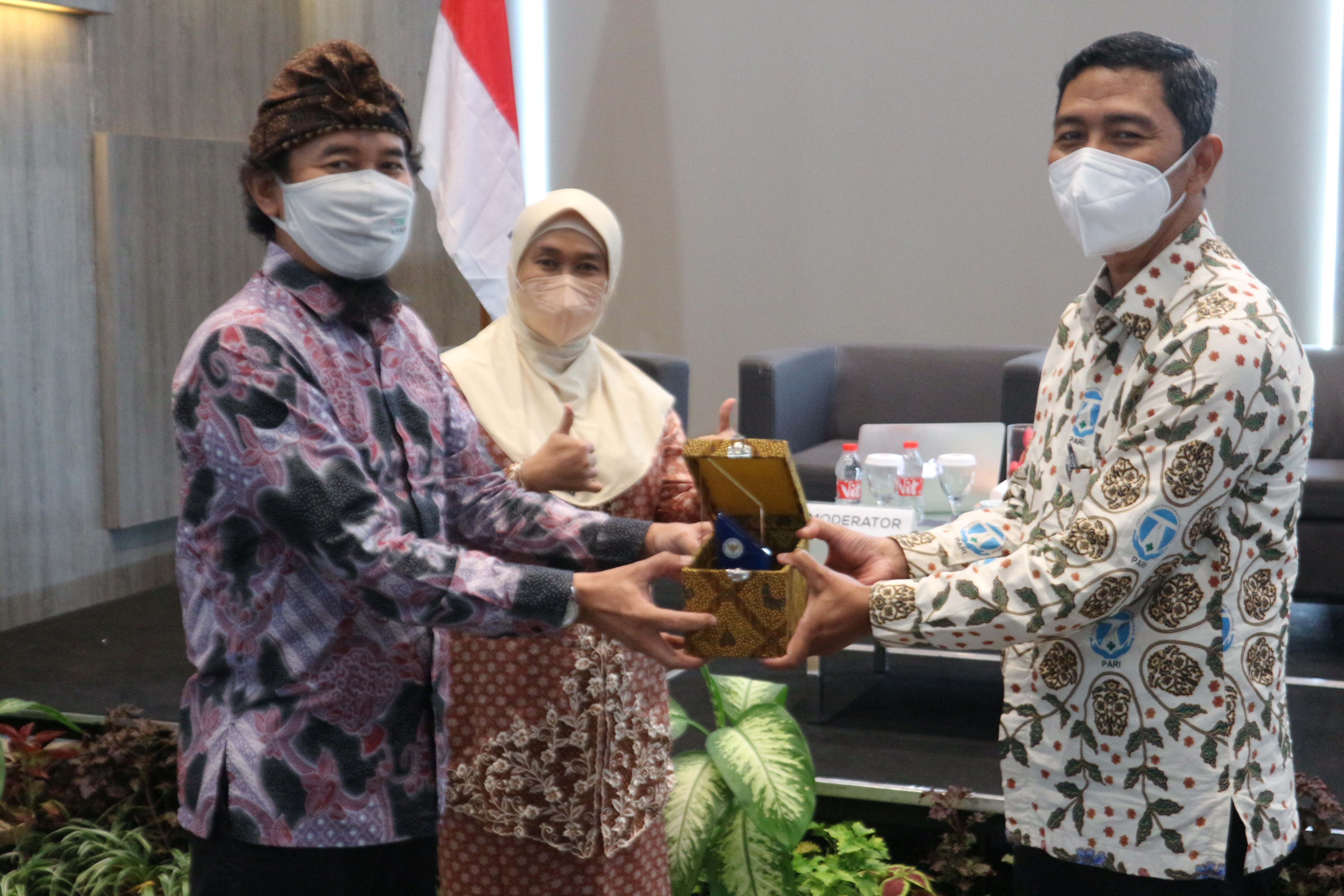
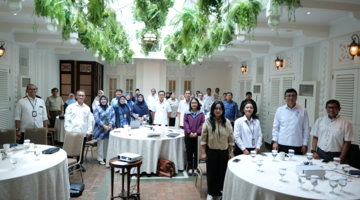



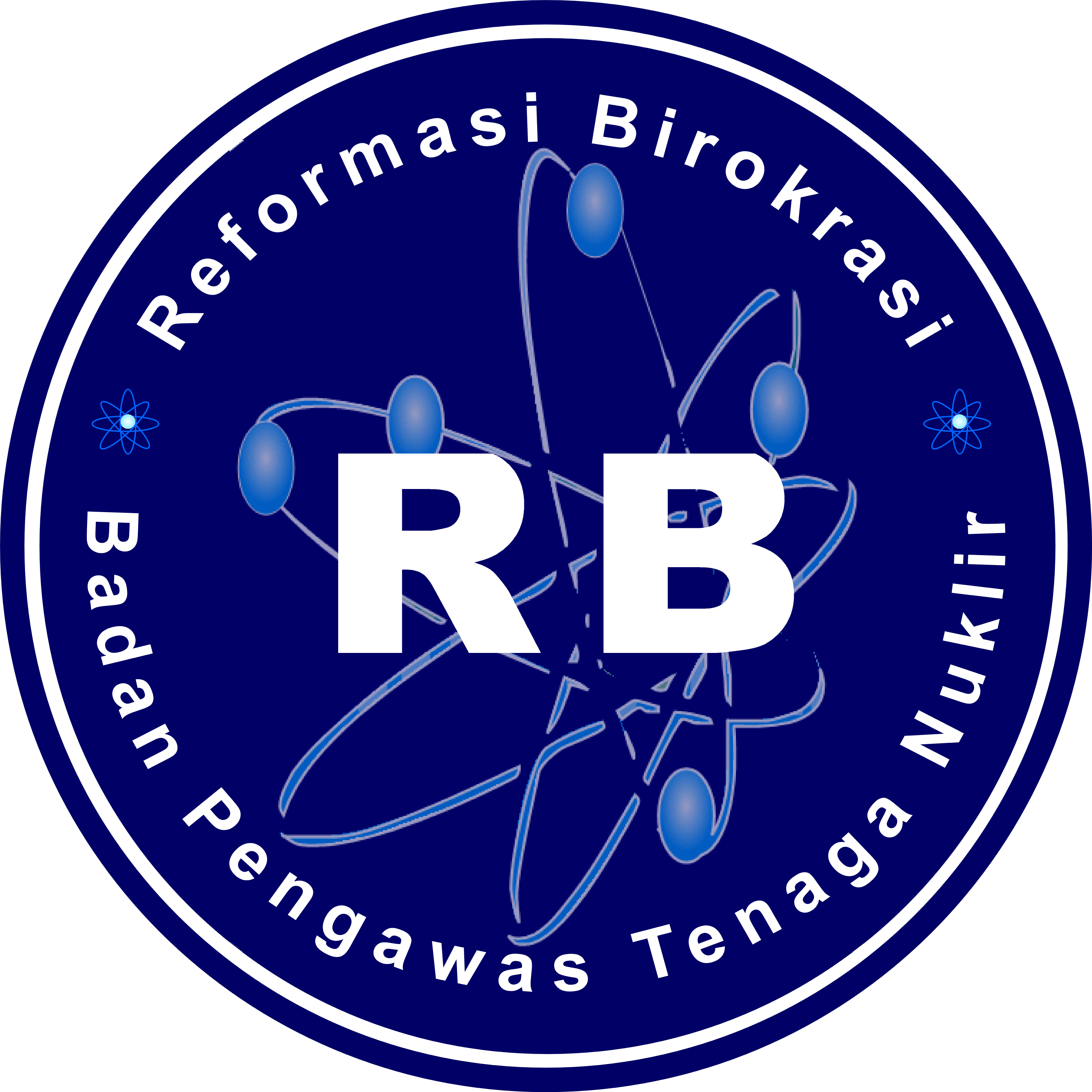











Komentar (0)